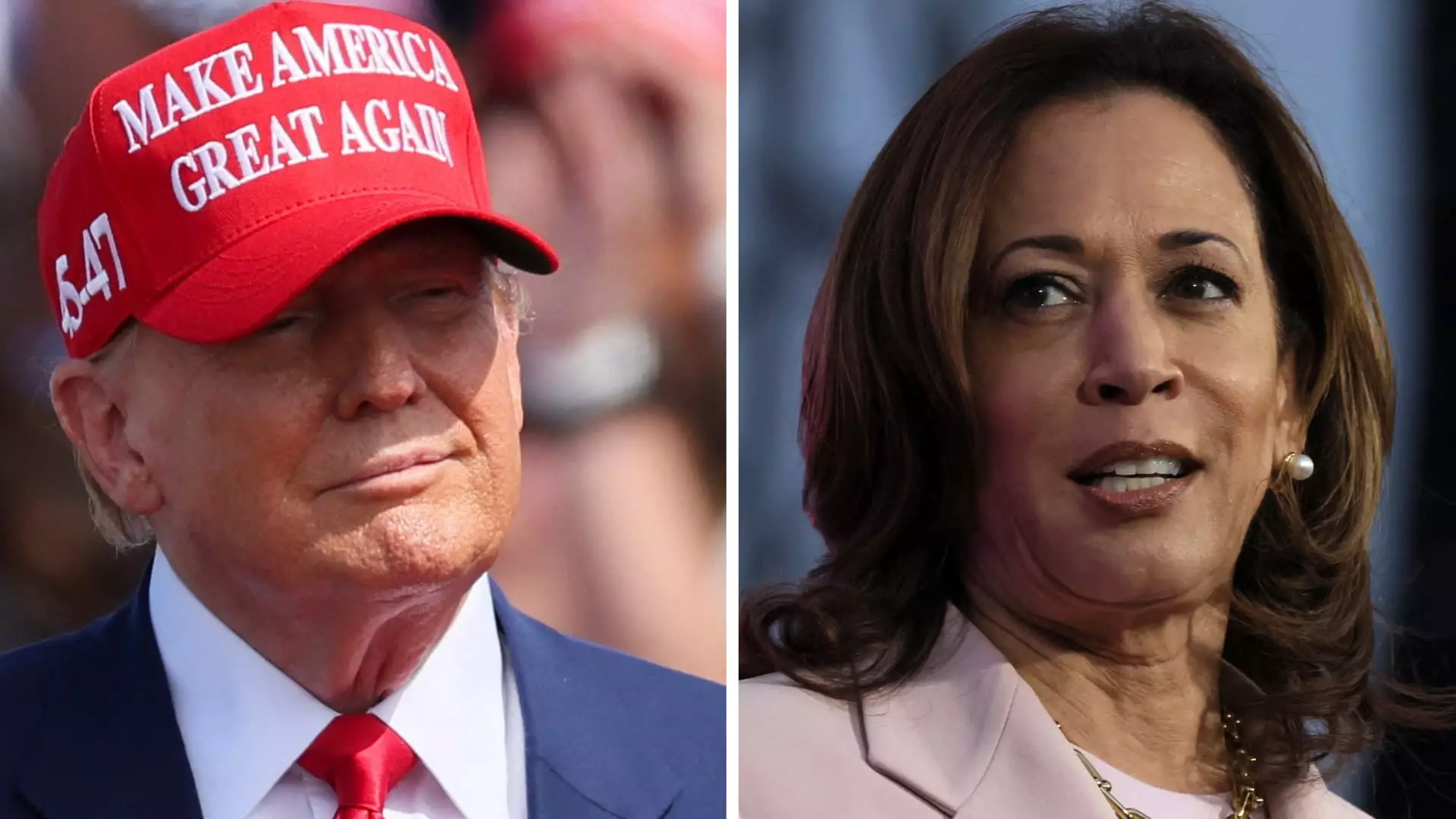Former President Donald Trump’s economic proposals have been analyzed in a new study from the nonpartisan Penn Wharton Budget Model. The study reveals that Trump’s plan would significantly increase federal deficits by $5.8 trillion over the next decade. The report highlights that extending the 2017 tax cuts permanently would contribute over $4 trillion to deficits over the next 10 years. Additionally, eliminating taxes on Social Security benefits would add a substantial $1.2 trillion, while reducing corporate taxes would further increase deficits by nearly $6 billion. Trump’s approach seems to rely heavily on tax cuts and tariffs to fund his economic agenda.
On the other hand, Vice President Kamala Harris’ economic proposals would add $1.2 trillion to federal deficits over the next decade, according to the Penn Wharton Budget Model. Harris’ plan includes expanding tax credits such as the Child Tax Credit and the Earned Income Tax Credit, which would raise deficits by $2.1 trillion. Additionally, her proposal to provide a $25,000 subsidy for qualifying first-time homebuyers would further increase deficits by $140 billion over 10 years. Harris has also suggested raising the corporate tax rate to 28% to partially offset the costs of her spending by $1.1 trillion. However, the major revenue streams in Harris’ plan would require congressional approval.
Harris has expressed support for the $5 trillion revenue raisers outlined in President Joe Biden’s budget proposal for the 2025 fiscal year. The majority of Harris’ revenue-raising measures come with a caveat – they need approval from Congress. In contrast, Trump’s proposals include implementing 10% tariffs on all imports and 60% tariffs on Chinese imports to pay for his agenda. These policies would not require congressional approval. However, economists caution that such a hardline tariff policy could reignite inflation and potentially offset the benefits of Trump’s economic platform.
Both the Trump and Harris campaigns are engaging in a battle to shape the narrative around each other’s economic proposals. The Harris campaign has criticized Trump’s economic agenda as an “inflation and deficit bomb” that disproportionately impacts the middle class. In response, the Trump campaign has defended his economic record, highlighting his success in building a strong economy prior to the pandemic. With the economy being a significant issue for voters in the upcoming election, both campaigns are using economic messaging as a key political strategy.
The economic proposals put forth by Trump and Harris have significant implications for federal deficits and economic growth. While Trump’s plan relies on tax cuts and tariffs to fund his agenda, Harris’ approach focuses on expanding tax credits and increasing the corporate tax rate. The outcome of these proposals will ultimately depend on factors such as congressional approval, inflation, and long-term economic growth. It is essential for voters to carefully consider the economic platforms of each candidate and their potential impact on the country’s economic future.

Leave a Reply